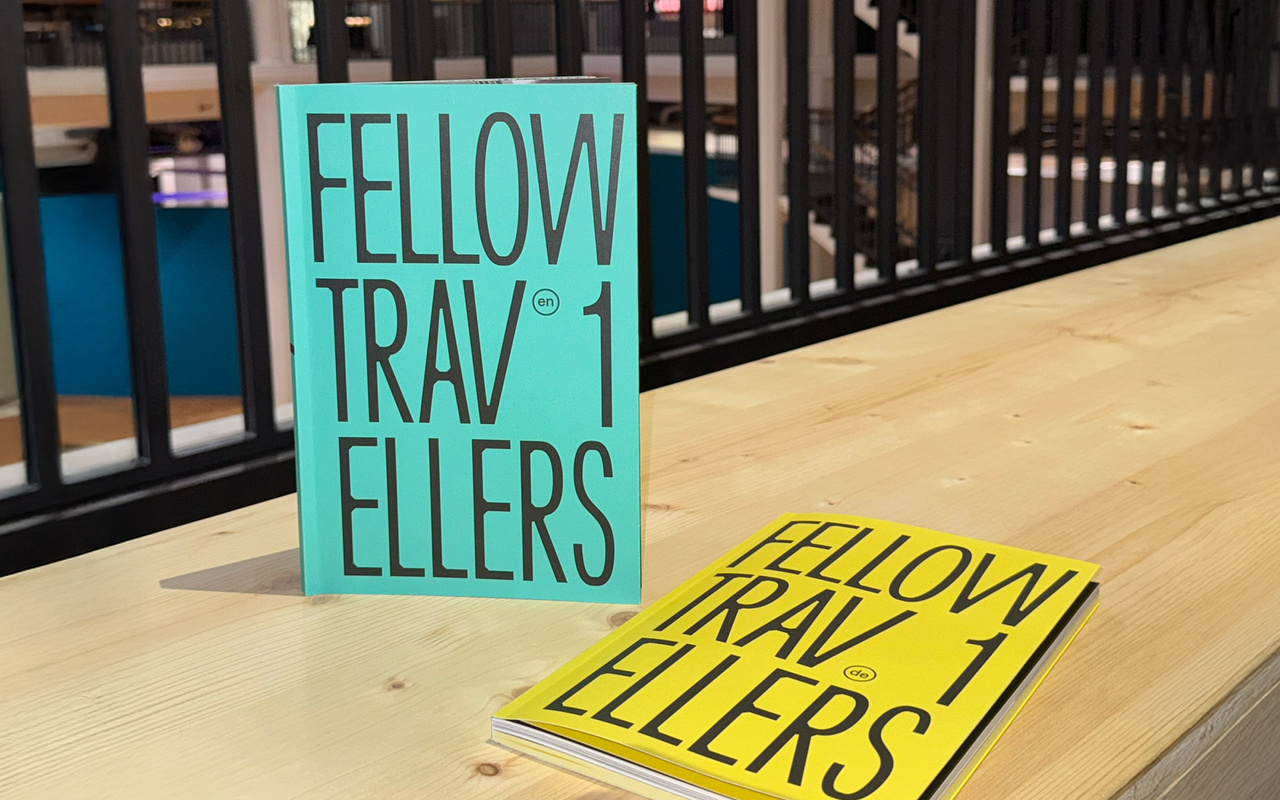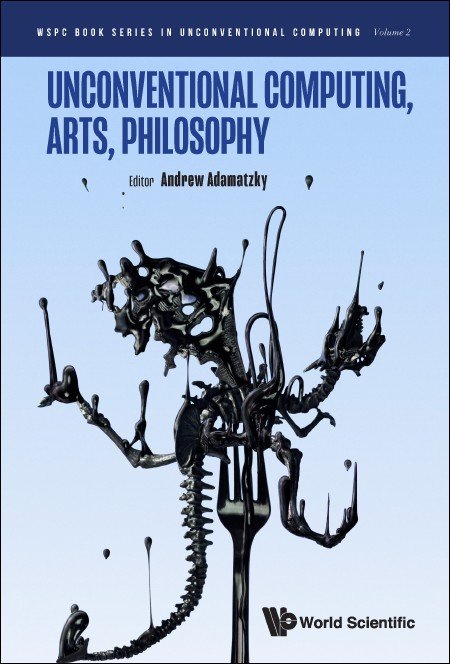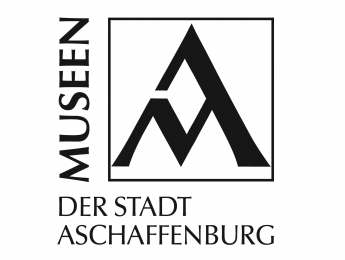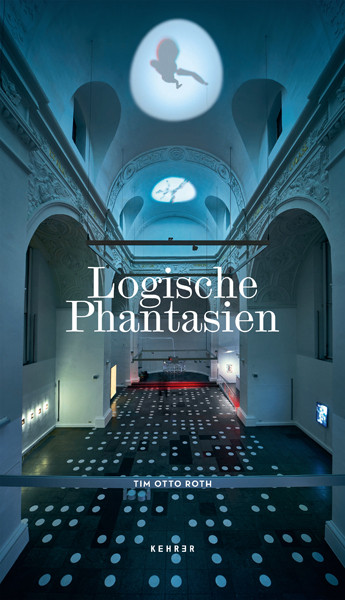Do you want to contact the MaSo-Team? Please send an email to
info (a) imachination.net:
Impressum

editorial assistance:
Miriam Seidler/ Cologne
The principles used in the production of patterns have largely remained constant in the millennia-old craft of carpet weaving. While colouring, shapes and materials have repeatedly changed, patterns have consistently been generated by means of templates for both traditional and modern carpets. The concept artist Tim Otto Roth breaks fresh ground with his MaSo carpets by using the row-based construction of a carpet as a generative principle. For the first time, the pattern of the carpet emerges integrally alongside the process of weaving without any the pre-conceived images of patterns created in map or talim systems of weaving. The weavers are given a simple rule that predetermines how the colours of a row are to be selected in response to the colours of the neighbouring knots in the previous row. As a result, fascinating patterns emerge – patterns the weavers cannot predict and which astonish even carpet experts.
In the new millennium, designers have in various ways attempted to put back on the map the hand-woven carpet.
Traditional patterns have been combined with contemporary forms and colours, photographic templates have been
realized using wool and silk, new fibre textures have been tested. And yet the approach taken has remained
traditional, not exceeding the classical division of labour. The MaSo carpet project, on the other hand,
constitutes a true revision. Not only does it use a new method for generating patterns, it also involves
the weavers in a participatory way.
With only two colours used, the concept artist's carpets form minimalist artworks. At the same time, the
base concept is founded on a scientific model, namely that of self-organization. The model of so-called
cellular automata seeks to describe how complex patterns emerge in a network made up of equal, discrete
entities even if each member follows only one and the same predetermined neighbour rule. A simple model
from the football stadium would be the Mexican wave: each individual throws their hands in the air as
soon as their right-hand neighbour has done so. It seems hard to believe that fascinating patterns
can emerge from such simple rules.
Observing the weaving process in a carpet factory can be meditative. Similarly to how computer pixels
come together row by row, in carpet weaving, too, a pattern emerges from the knots on the horizontally
hung warp threads. A few centimetres are necessary for a pattern to become visible. Tim Otto Roth adds
a magical component to the gradual emergence of a pattern: knowing the rule that is to be applied does
not allow for prediction of what the pattern will actually look like. Simplicity meets complexity.
It is all the more surprising that this model, whereby each row generates the next and which thus makes
use of the inherent structure of carpet weaving, had not previously been used. This is a cultural-historical
component also to be addressed by the project.
Digital In its structure, a carpet anticipates the digital computer: it consists of spatially discrete elements,
the knots, that take on discrete values – that is, colours. The MaSo carpets follow a binary logic of
colours: like zeros and ones, two different colours are being used. The construction of a carpet
is also digital and takes place in discrete steps: only once all knots of a row are knotted, the weft threads
can be woven in before one can continue to the next row. The colour pattern of the first row is in each case
determined by Tim Otto Roth, as is the rule of how the neighbouring knots condition the colour of the row that follows.
Such a procedure of processing information in parallel is highly topical: modern quantum computers follow the
same principle of parallel processing, which fundamentally differs from classical computer architectures.
While a computer can make calculations without making mistakes, this new mode of carpet production depends on the weavers'
concentration: a miscalculated knot has an effect on all knots that follow. This would result in a change of pattern,
yet not affect the fascinating look of the carpet. Working with human and therefore implicitly fallible actors, in fact,
contributes to the unique character of these 'computing carpets'.
The impressive carpets reveal how based on the predetermined neighbour rule a pattern emerges of recurrent – yet not automatically identical – elements. This points us to the project title, the acronym standing for "mathematical socialism". It is a term Tim Otto Roth first used at an exhibition at the Goethe Institute in Hanoi in 2017 in critical response to a state-decreed socialism censoring artistic production. The term "mathematical socialism" points to how a system of discrete entities which all have the same preconditions and follow the same rules neither needs to result in a uniform pattern nor in chaos. Within the tight limitations of predetermined behaviour, an unexpected diversity emerges despite the equalization.
A review of the exhibition in Hanoi and more detailed explication of the notion of Mathematical Socialism
you can read in an interview with Robert Barry made in occasion of the exhibit at the Goehte Institut:
![]() 11 November 2017, Mathematical Socialism: Tim Otto Roth Lights Up Hanoi The Quietus
11 November 2017, Mathematical Socialism: Tim Otto Roth Lights Up Hanoi The Quietus
Everyone knows what it is like for the eye to follow patterns and project geometrical relations
by means of implied rotation and mirroring. The MaSo carpets inspire observers in a completely
new way: row by row, one observes the interplay of knots and is surprised by geometrical figures
emerging from apparent chaos.
For a long time, the carpet was a functional everyday object. Since the nomads developed it for
their tents, it has represented safety and comfort. While the MaSo carpets can also be placed on the floor,
these unusual carpets are really predestined to be hung from the wall. This form of presentation reflects
the vertical nature of the production process: in the carpet workshop, the pattern is developed line by line
from the bottom to the top. The MaSo carpets are unique as the artist predetermines the starting conditions
and weaving rules for each carpet. The manual production process takes weeks, and wherever minor errors may
have taken place in the production process, they further underline the singularity of each MaSo carpet.
In a system in which all entities follow the same rule, one or another can still step out of line.
The first MaSo carpet was produced for the exhibition Logische Phantasien at Kunsthalle Jesuitenkirche Aschaffenburg in Winter 2018/2019. The exhibition is shown with - a break during Corona crises - from 7. March 2020 - 16 August 2020.
MaSo carpets are also shown in the group show das erste mal ZUM ZWEITEN MAL. 20 Jahre Ausstellungshalle at Kunstverein Marburg from 5 May – 25 June.
Teamwork The MaSo carpet project is a social experiment.
Workers who for decades have only reproduced patterns are now asked to reflect
on which colour is to be knotted in the next step without aid of a map.
Thought barriers are overcome; the level of confidence raised.
As Indian society is still marked by the caste system and its clear hierarchies,
this procedure resembles a minor revolution. For this reason, Tim Otto Roth and
his team consider the project not least as a social obligation. In a participatory approach,
weavers are treated on eye level, with the artist regularly travelling to India to exchange
experiences and conduct joint workshops.
The label Organic Weave founded by Bholanath Baranwal with his co-founder Linda Alexanian not only
makes use of eco-friendly materials but is committed to good working conditions.
Regular external checks vouch safe for the self-imposed rules- all audited & monitored
regularly under license from GOTS(Global Organic Textile Standard).
The concept artist and composer grew up in the quiet town of Oppenau in the Black Forest, Germany, and it was not necessarily to be expected that one day he would develop a new philosophy of carpet weaving in the Indian holy city of Varanasi. After finishing school, he studied politics and philosophy in the mid-1990s. A focus on international relations and developmental politics acquainted him with the paradigm change away from developmental macro-projects to participatory micro-projects. After his undergraduate studies, his interest in technical images and photography brought him to the academy. Studying at Kassel Art Academy quickly showed that not all ideas could be realized making use of the same artistic form. Roth moved to becoming a concept artist who more and more often looked to collaborate with scientists in order to find answers for how to engage in a manner relevant for today with traditional artistic questions – for instance concerning the perception of space or the meaning of colour. A model Roth has been concerned with for fifteen years is that of so-called cellular automatons. This simple model organism is used in the sciences to describe complex self-organizing systems. Tim Otto Roth has made use of the simple instructions for his work with a project choir, the water organ 'aura calculata' and as the compositional principle for the MaSo carpet, among others.
Bholanath Baranwal is commerce graduate with two gold medals to his credit, one for highest marks in that academic year and second for breaking all previous records, at Gorakhpur University in 1970. He learned the trade of making and selling hand-crafted carpets from his father, who opened his carpet factory in the Indian city of Varanasi in 1942. In the family enterprise, Bholanath Baranwal acquainted himself with all the necessary skills for modernizing the carpet industry in his homeland since 1972. A pom-based colour system (ARS), which has become global standard was developed by Bholanath Baranwal, as was the first consistently realized model for GOTS certified organic carpet production in the world. Together with the third-generation Canadian carpet dealer, Linda Alexanian, he has founded the company Organic Weave. Only vegetal & natural dyes are used in these hand-knotted products, which are distinct in that all stages of production process are attended to with extreme rigour, and in that all parts of the process – from the base materials to their treatment to the completion of the carpets – comply to organic standards.
For the MaSo carpet project, Tim Otto Roth collaborates with a team of experienced weavers. Their workplaces are in a rural environment. Several small factories run as family enterprises employ weavers, their numbers depending on how business is going. The weaving factory in which the carpets are manually produced is rather simple and functional. Cows are tied outside the door; women fetch water at the well. The men sat on a bench behind warp threads and working in synchrony row by row are team players. For a carpet of a width of two metres, it is usually three weavers that work together. Only once each of them has finished their section of a row, the weft thread is placed to fixate the knots. The structure is given the necessary tension by means of the comb hammer. The MaSo carpet weavers are all highly experienced. They have all been involved in many different projects and consider it an exciting challenge to be able in this case to be involved in generating the pattern.
 Exhibition As part of the exhibition Fellow Travellers. Art as a tool to change the world MaSo-Carpet #1 and the making-of-video In search of Gandhi's lost spinning wheel are on view at the Centre for Art and Media Karlsruhe until November 16, 2025.
Exhibition As part of the exhibition Fellow Travellers. Art as a tool to change the world MaSo-Carpet #1 and the making-of-video In search of Gandhi's lost spinning wheel are on view at the Centre for Art and Media Karlsruhe until November 16, 2025. You can watch the video also on vimeo.
 Exhibition catalog
Exhibition catalog
Art as a Tool to Change the World
Volume 1: A User's Manual
Edited by Alistair Hudson with Daniel Pies. Karlsruhe 2025.
 20 September 2024, 7.30 pm
20 September 2024, 7.30 pm
Opening: Fellow Travellers. Art as a tool to change the world, Zentrum für Kunst und Medien, ZKM Karlsruhe
 October 2022 In Search of Textile Roots of Computing: The Genesis of the First MaSo Carpet in India, by Tim Otto Roth, chapter in: A. Adamatzky (ed).: Unconventional Computing, Arts, Philosophy, pp. 271-279 (2022)
October 2022 In Search of Textile Roots of Computing: The Genesis of the First MaSo Carpet in India, by Tim Otto Roth, chapter in: A. Adamatzky (ed).: Unconventional Computing, Arts, Philosophy, pp. 271-279 (2022)
![]() December 2021, The Charme of the Discrete Error – When Mathematical Socialism Becomes Art, by Tim Otto Roth, Journal of Cellular Automata16.1-2, p. 153-171
December 2021, The Charme of the Discrete Error – When Mathematical Socialism Becomes Art, by Tim Otto Roth, Journal of Cellular Automata16.1-2, p. 153-171

Thursday 12 November 2020, 4 p.m.
talk (in German) The charm of discrete error - when Mathematical Socialism becomes art
at the sixth Day of the Berlin Mathematical Society.
Registration required, please finde here more information.

7 March 2020, Maso Knüpfwerk #1 is presented in the solo exhibition Logische Phantasien at
Kunsthalle Jesuitenkirche. The exhibiton is exdended after the Corona lockdown till 16 August 2020.
 In occasion of the exhibiton Logische Phantasien an extended catalogue with a documentation of the MaSo project and contributions by Sebastian Baden, Thomas Richter and Barbara Maria Stafford has appeared
at the art book publisher Kehrer.
In occasion of the exhibiton Logische Phantasien an extended catalogue with a documentation of the MaSo project and contributions by Sebastian Baden, Thomas Richter and Barbara Maria Stafford has appeared
at the art book publisher Kehrer.

5 May 2020, group show das erste mal ZUM ZWEITEN MAL. 20 Jahre Ausstellungshalle
at Kunstverein Marburg with two MaSo carpets in blue and orange.
The exhibition is shown from 5 May – 25 June.
16 July 2019 From Pixelsex to Mathematical Socialism – confronting cellular automata with real (artistic) live, talk at invited speaker at Summer Solstice Conference on Discrete Models of Complex Systems 2019, MPI PKS, Dresden
16 April 2019, A report by Sandipan Talukdar in the Indian online journal Newsklick: Weaving Mathematical Principles Into Indian Carpets, NewsClick India
![]()
24 April 2019,
Der Oppenauer Tim Otto Roth in Indien, Offenburger Tageblatt
Do you want to contact the MaSo-Team? Please send an email to
info (a) imachination.net:

editorial assistance:
Miriam Seidler/ Cologne